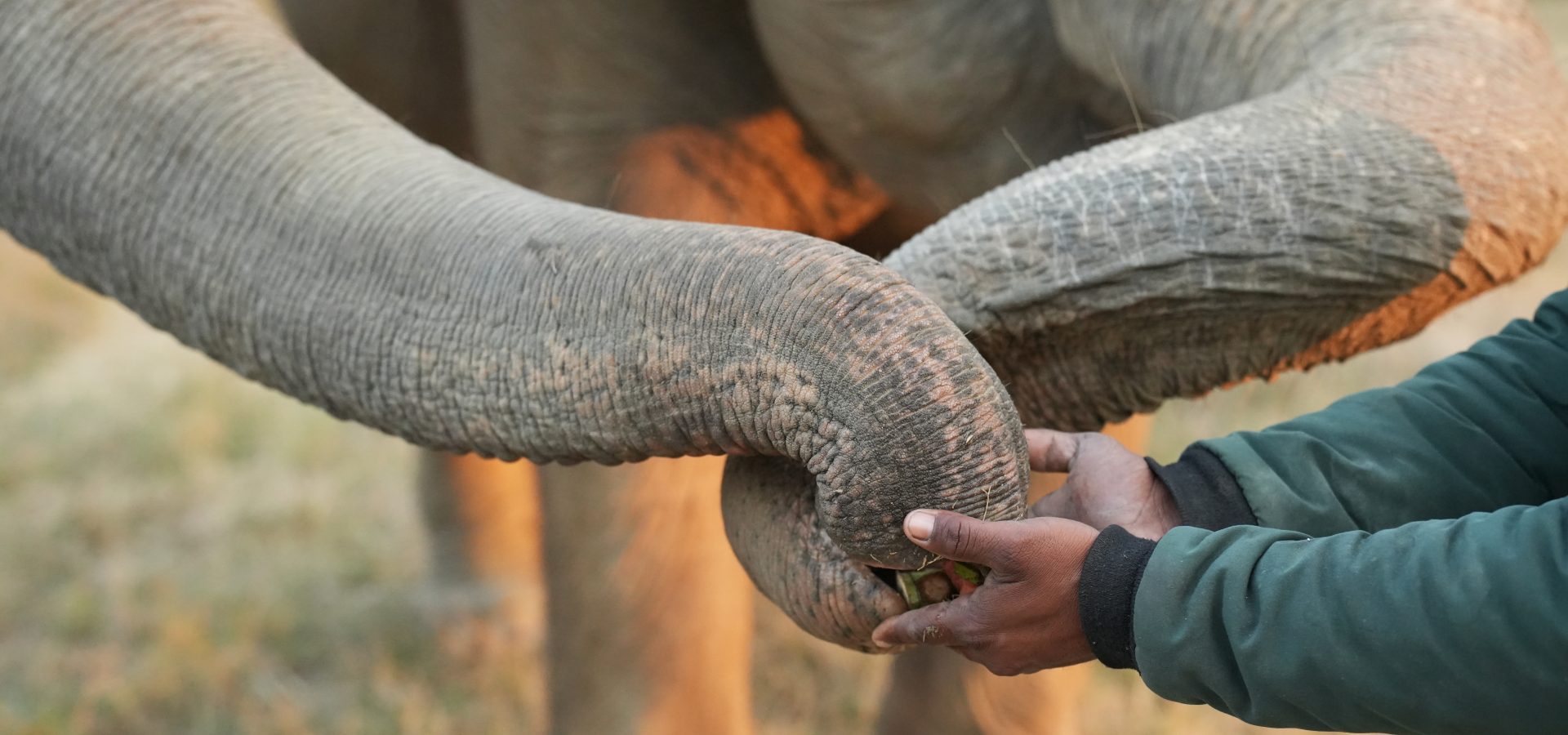Elephants, the majestic giants of the animal kingdom, possess a remarkable feature that sets them apart – their extraordinary trunk! This incredible appendage, composed of around 150,000 muscle units, ranks them as one of the most sensitive organs found in any mammal. Let us delve into the fascinating world of elephant trunks, exploring their complexity, functionality, and some astonishing facts.
1. Muscle Powerhouse
An elephant’s trunk is a marvel of muscular engineering, with eight major muscles on either side and a staggering 40,000 muscles overall. The trunk is a boneless muscular hydrostat, which means that just like a human tongue, this organ is able to move despite lacking bones. From pushing down trees to lifting an astounding 30,000 kg of weight, the trunk enables the elephant to perform fantastic feats of strength! The elephant trunk is also this mammal’s tool to reach high tree branches. With an ability to stretch up to 20 ft, the trunk eliminates the need for a tremendously long neck!
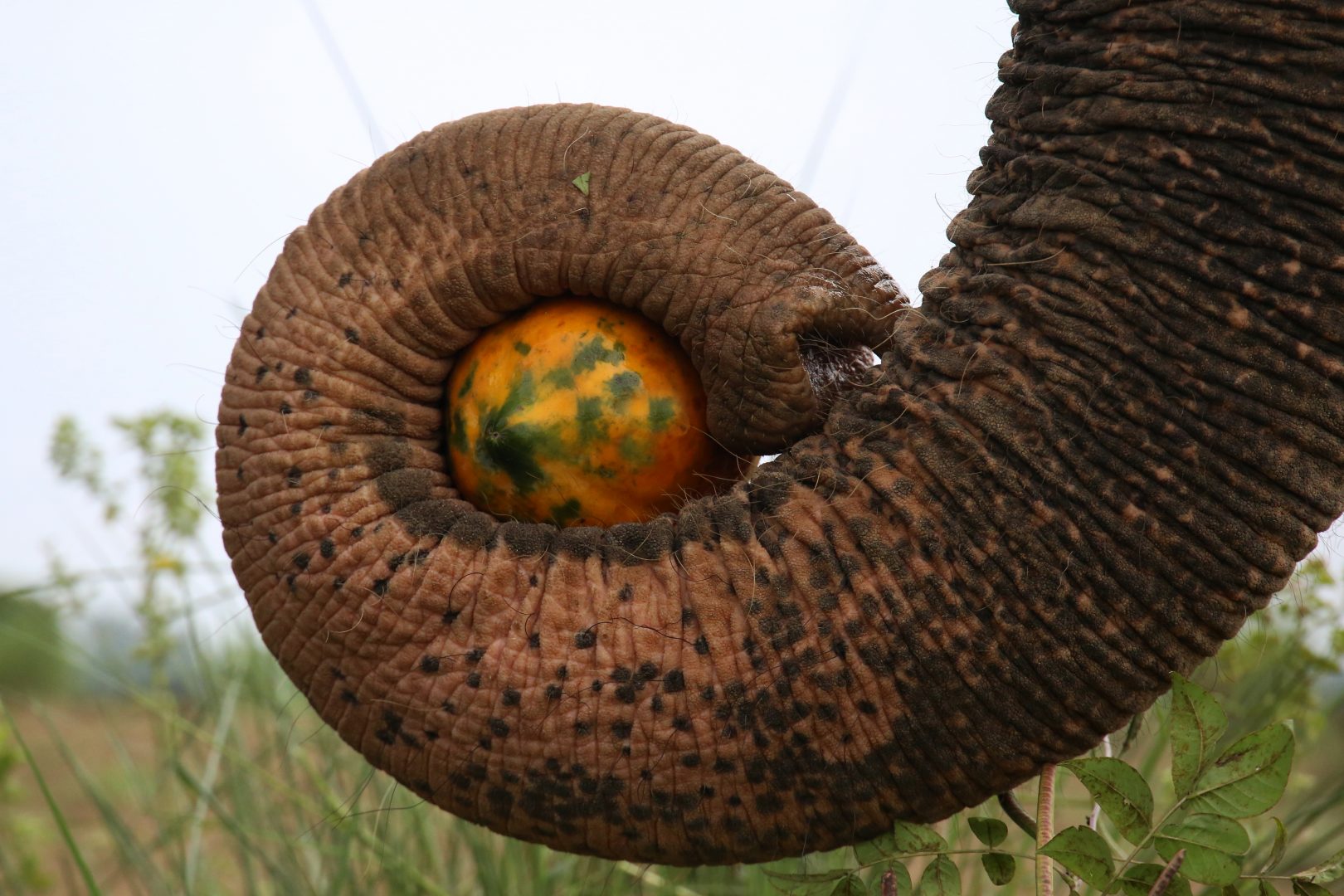
2. Multifunctional Design
What makes the elephant trunk truly unique is that it is an elongated nose that is joined with the pachyderm’s upper lip! The two nostrils, interestingly, run separately all through the entirety of the trunk. The length and manoeuvrability of this nose allows for an impressive range of movements. This includes lifting and spraying water or a large portion of dust and mud for a cooling shower. While it displays its mighty abilities, the same trunk can also perform extremely delicate tasks, such as lifting a blade of grass, or simply touching the various items the pachyderm comes across.
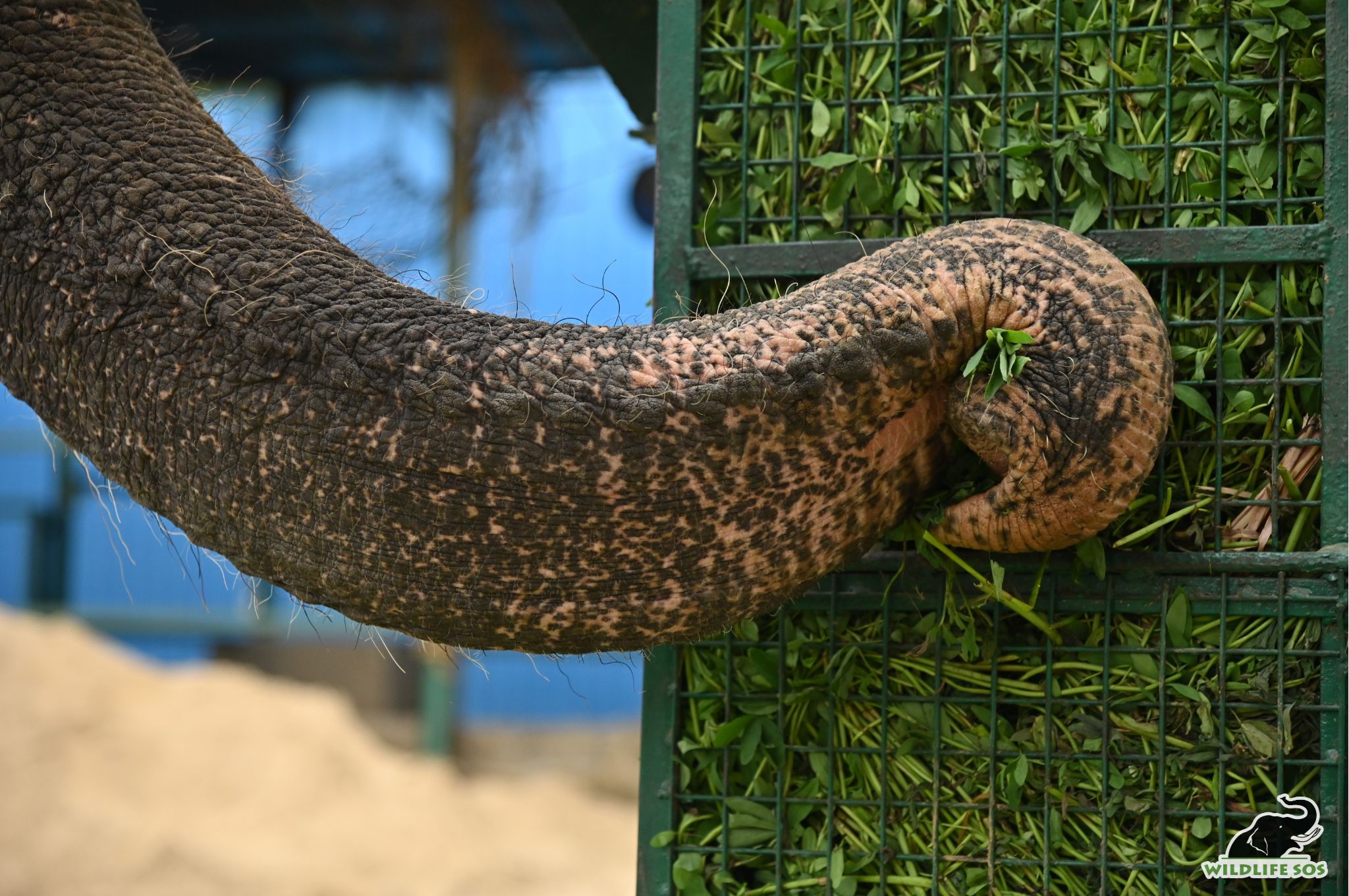
3. Water Management Tool
The trunk has the capacity to hold up to eight litres of water in it! Despite common belief, elephants don’t drink directly through their trunks; instead, they use them to bring water to their mouths. This versatile tool also serves as an inbuilt snorkel that allows elephants to traverse bodies of water smoothly.
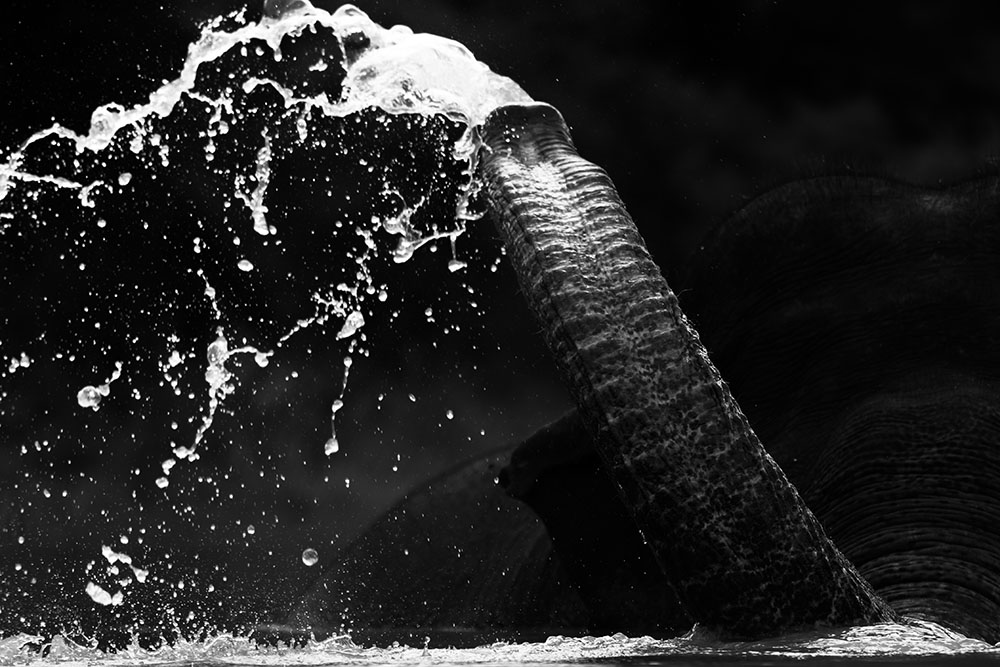
4. Sensory Expert
Not only can it collect ounces of water, an elephant’s trunk can detect its scent as well! They are known to sense water that is as far as 19 kms away. An elephant’s trunk has the highest number of odour detecting genes discovered in mammals so far. With millions of receptor cells in the upper nasal cavities, it surpasses even a bloodhound’s nose when it comes to olfactory sensitivity. Another finding makes the trunk a sensory wonder. Scientists have noted that along with its feet and inner ears, an elephant can sense vibrations in the ground from the tips of its trunk as well!
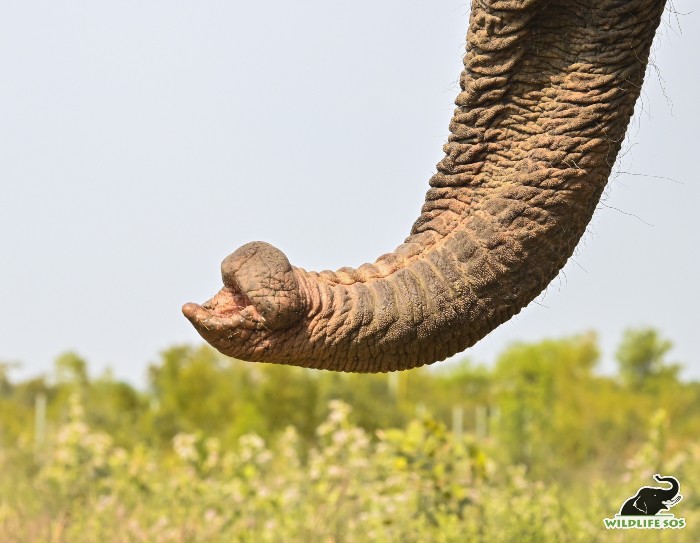
5. A Communication Device
Elephants employ their trunks for more than just survival tasks. These gentle giants use their trunks for social interactions as well. To send out their message, elephants blow trumpets through their trunks, and use them to affectionately caress each other. Their tender touch demonstrates their protective nature towards their kith and kin. Mother elephants notably use their trunks to comfort their offspring. Their trunks provide gentle strokes on the calf’s neck and shoulders, and are often also wrapped around the baby elephant’s belly or back leg. Such behaviour underscores the emotional depth and social intelligence of these magnificent beings.
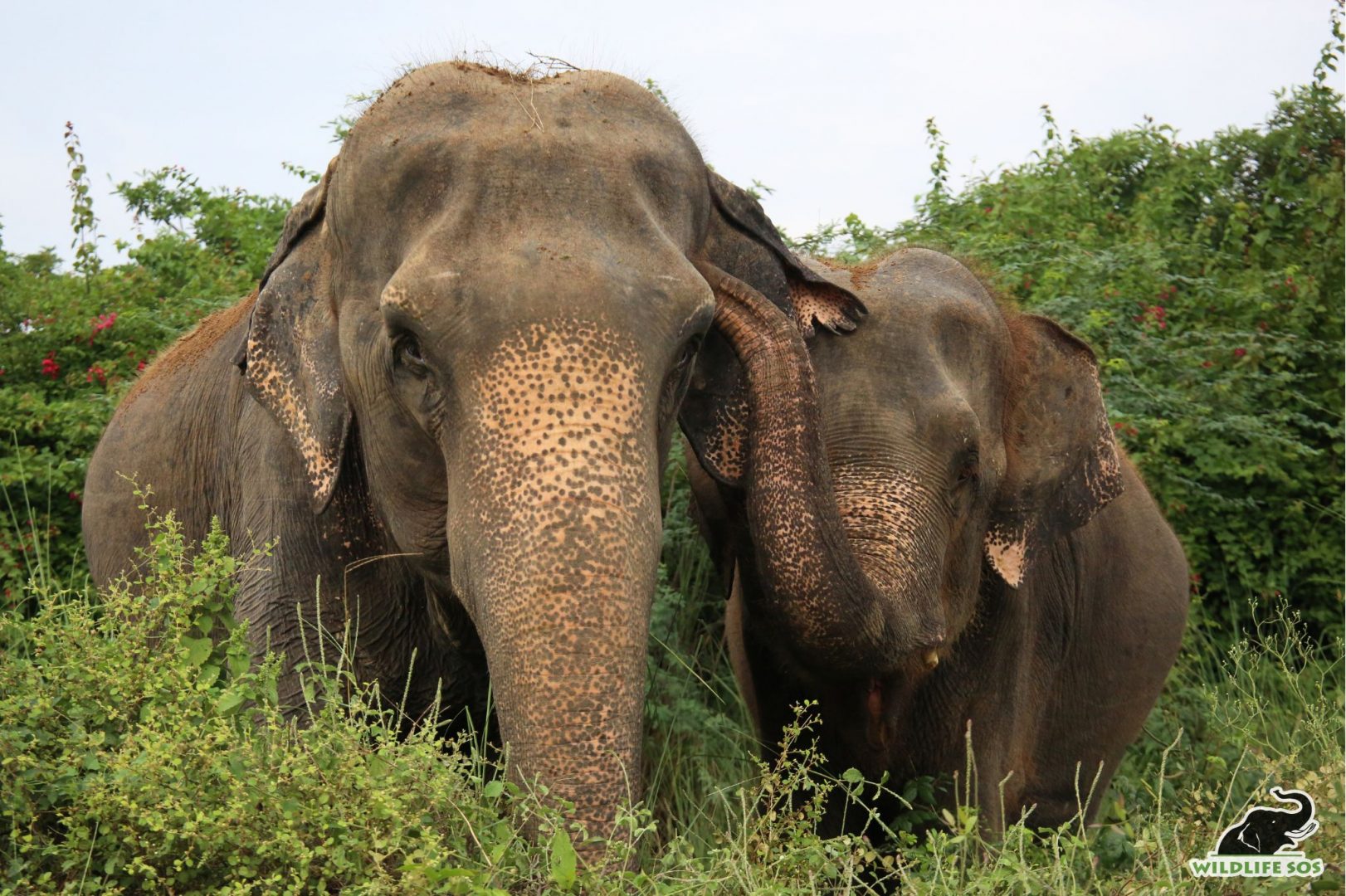
Along with this, ‘touching’ also serves as a form of communication within the elephant community. They use this sense to show their dominance in the group. Joyce Poole, a co-founder of ElephantVoices, spent almost 40 years researching elephants and made an intriguing observation. She says that when an elephant is uncomfortable or unsure of what to do next, it exhibits a behaviour known as the “touch-face” gesture. They touch their own facial features using their trunks to soothe or reassure themselves.
6. Trunk for a Hand
Just like human infants learn to primarily use one of their hands for most acts, baby elephants too test out which side of their trunk they would prefer to consistently use. A study conducted on Asian elephants was published in 2020 to relay this peculiar finding. It reveals that by the age of one, a calf would have developed the dominating use of one side, left or right, which it relies most on to grasp objects, akin to how humans become left-handed or right-handed.
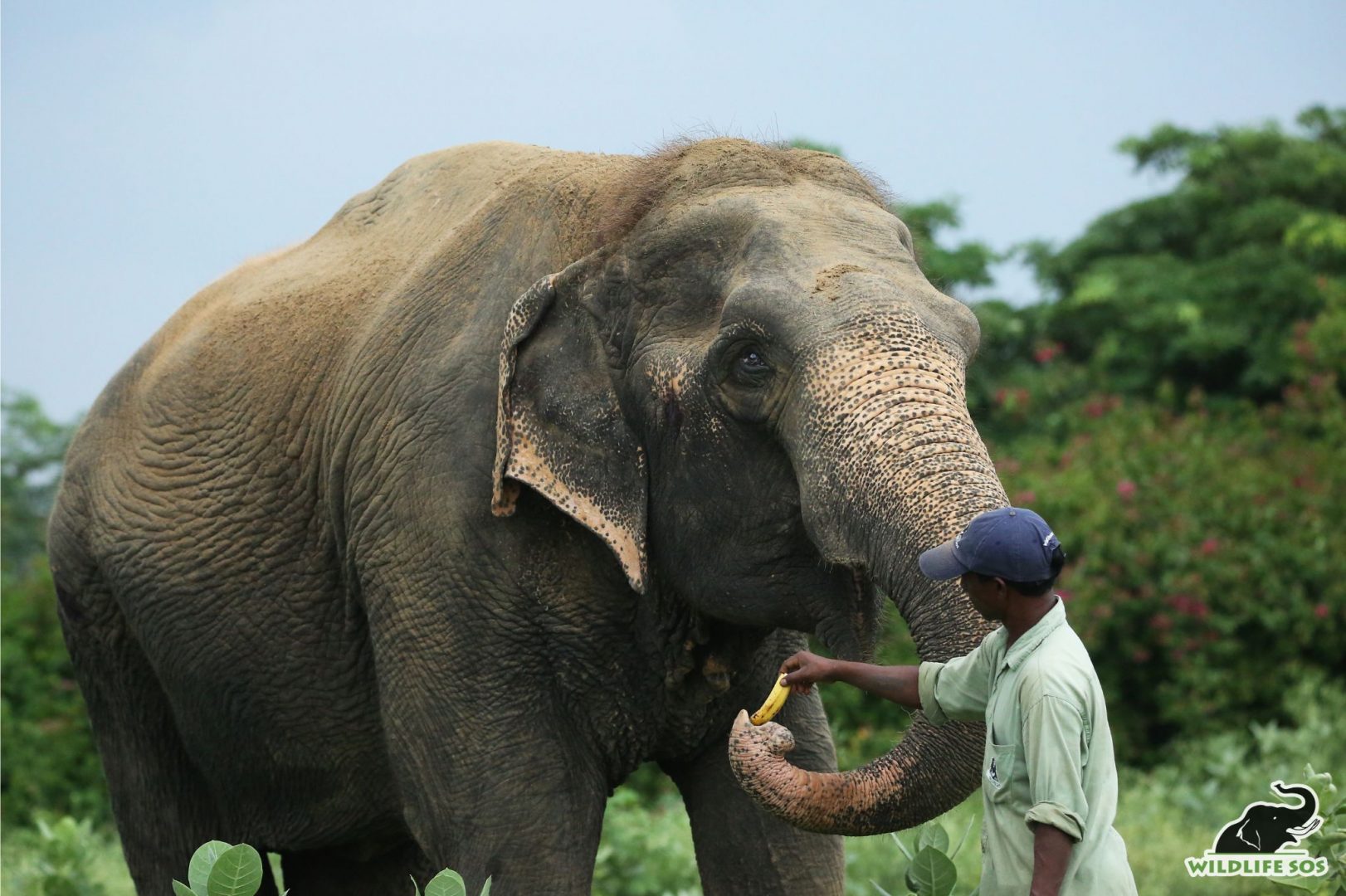
7. Elephants were once Trunkless!
Yes! The evolutionary history of elephants divulges that their ancestors did not have trunks 40 million years ago. The trunk has evolved into a versatile and indispensable tool for these magnificent creatures. Early elephants, being small, didn’t need trunks, as their heads were close enough to the ground for easy food access. As elephants evolved to grow taller, reaching food sources became challenging. This led to its lower jaw gradually extending, and the upper lip becoming more flexible, allowing for rooting, scooping, and water squirting. Over time, the upper lip developed into a powerful, prehensile organ for independent food gathering. This transformation eventually led to the flattened appearance seen in mammoths and true elephants, where the trunk becomes the sole tool for food gathering.
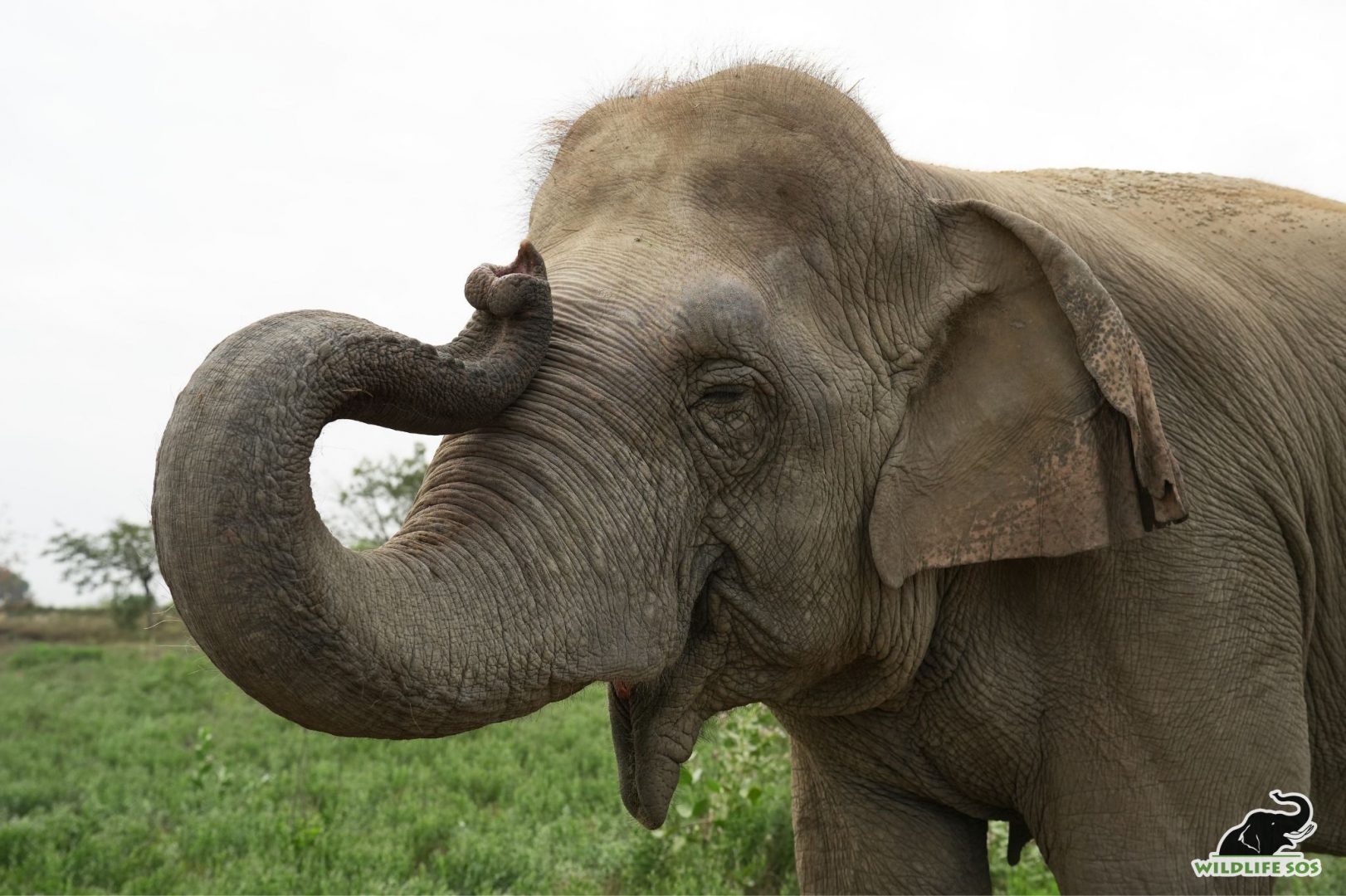
8. Asian Trunks Different From African Trunks
African elephant trunks have more visible rings and a less rough texture than Asian elephant trunks. Asian elephants have been known to perform complex tasks since their muscle coordination is more than that of African elephants. The ends of Asian and African trunks vary significantly as well. African elephants can pick up and move objects with two prominent projections at the tip of the trunks that are referred to as ‘fingers’. Asian elephants have just one of these, so they use their trunk muscles to grab hold of items, or even crush them. Also, an interesting study showed that compared to Asian elephants, African elephants have bigger whiskers on the tip as well as on the lateral and ventral parts of their trunk. The team of zoologists concluded that whiskers help an elephant to understand how much pressure is needed to squeeze any object.
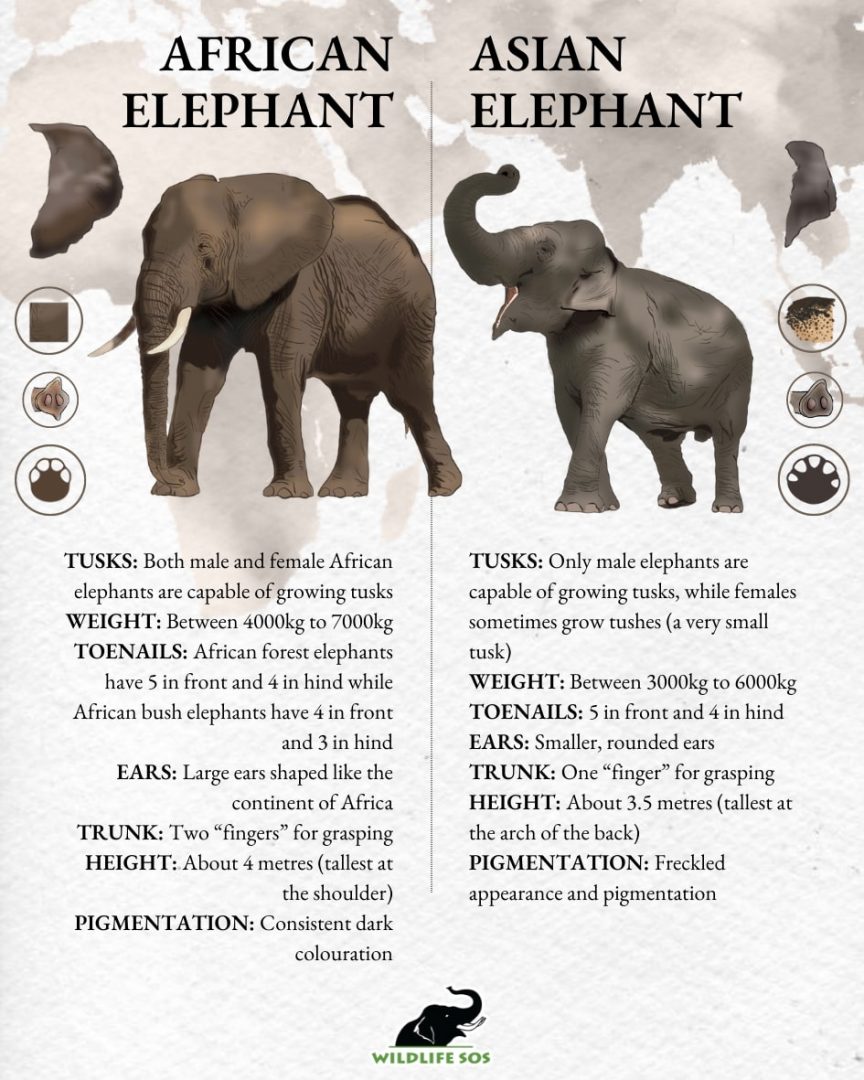
All through the amazing, intricate and complex aspects of wildlife, an elephant’s trunk stands out as an exceptional asset. Not only is it immensely flexible, it represents strength with sensory finesse. To read more about the wonderful world of animals, subscribe to our newsletter!

